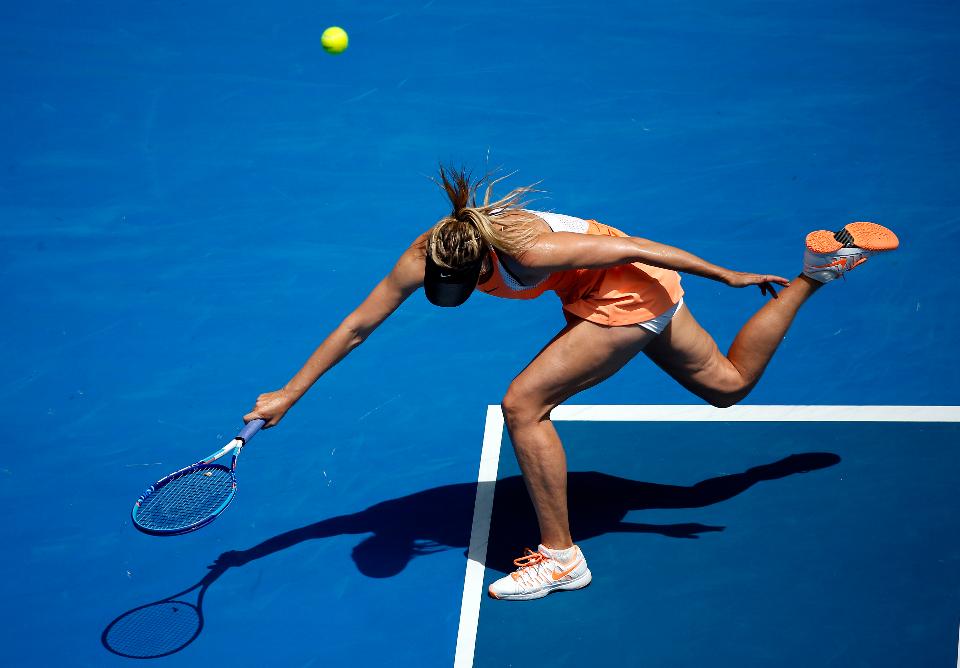
Sharapova’s stumble revives doping debate
She broke the rules, but do the rules make sense?
 Maria Sharapova in the quarter-final of the Australian Open
Maria Sharapova in the quarter-final of the Australian Open
Top-ranked Russian tennis pro Maria Sharapova has admitted that she failed a drug test at the Australian Open after taking a banned substance called mildonium (mildronate). The consequences for her career and her income are likely to be substantial.
The incident has revived the debate about the wisdom of banning more and more performance-enhancing drugs. Sharapova had been taking the drug for years for a magnesium deficiency, irregular electrical activity in the heart, and a family history of diabetes. It was only placed on the list of forbidden substances in January. Her excuse is that she overlooked an emailed warning.
But whether or not she took it deliberately, haven’t we created a bureaucratic monster, asks Oxford bioethicist Julian Savulescu. He says that “a hidden clause in WADA’s [World Anti-Doping Agency’s] code is that something will be banned if it is both performance-enhancing and artificial, either in preparation or delivery.” But is there a reasonable basis for the distinction between “natural” and “artificial”? Savulescu says No.
But what moral difference does it make whether something is natural or artificial? Outside of drugs, sport is full of artificial enhancers: running shoes are artificial, aero helmets are artificial, chlorinated swimming pools are unnatural.
Instead of taking an intuitive approach of “knowing it when we see it”, we should ban substances or practices that are clearly or probably unsafe. And we should ban specific substances that corrupt the spirit of a particular sport – that is, that substantially reduce the human element, on a sport-by-sport basis.
https://www.bioedge.org/images/2008images/TH_sharapova_54345.jpg
Creative commons
https://www.bioedge.org/images/2008images/sharapova_54345.jpg
drug doping
drugs in sport
sports
- How long can you put off seeing the doctor because of lockdowns? - December 3, 2021
- House of Lords debates assisted suicide—again - October 28, 2021
- Spanish government tries to restrict conscientious objection - October 28, 2021
